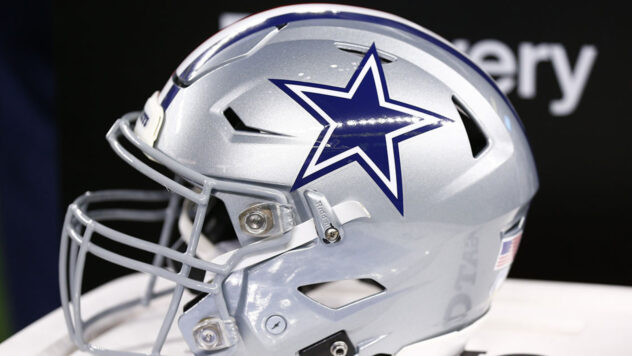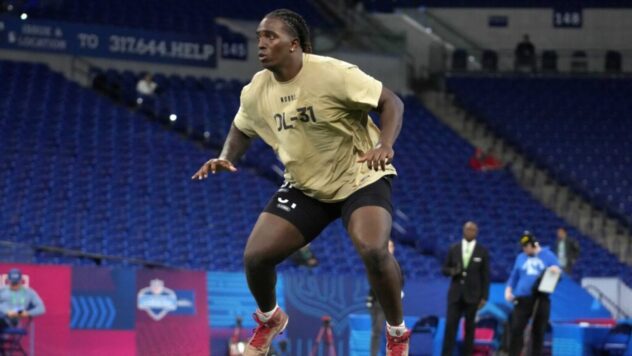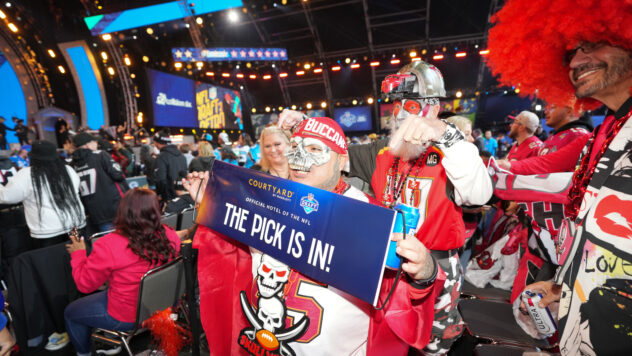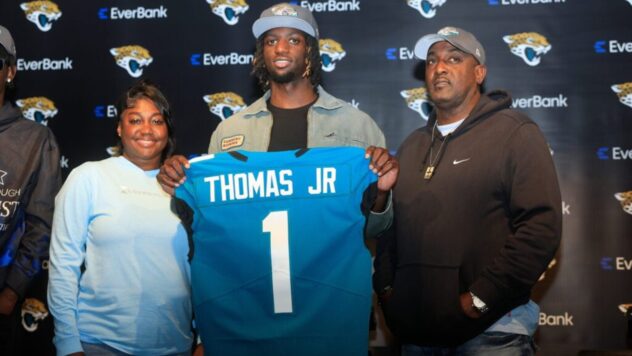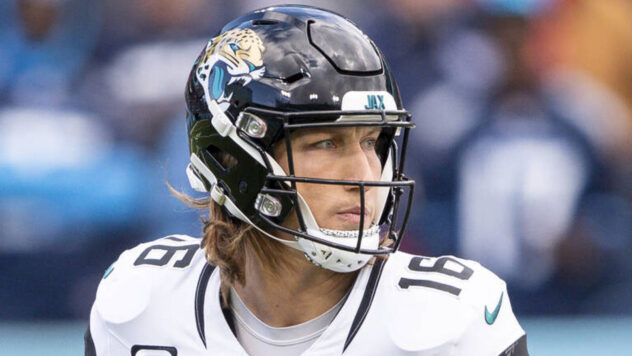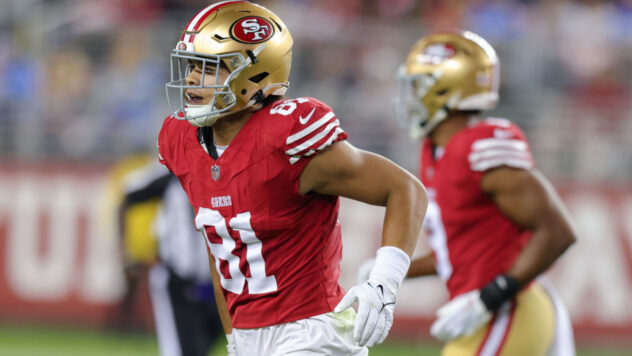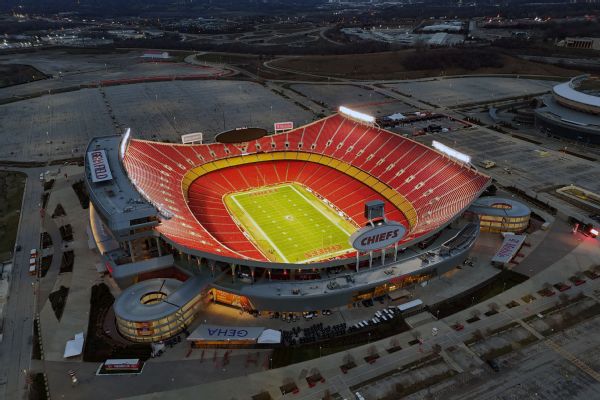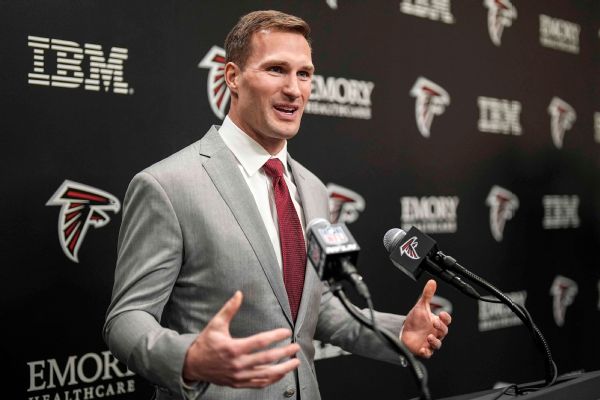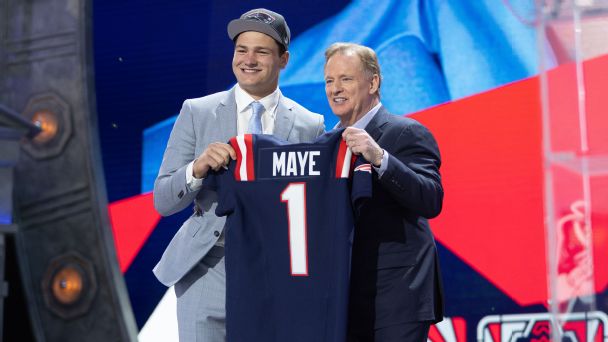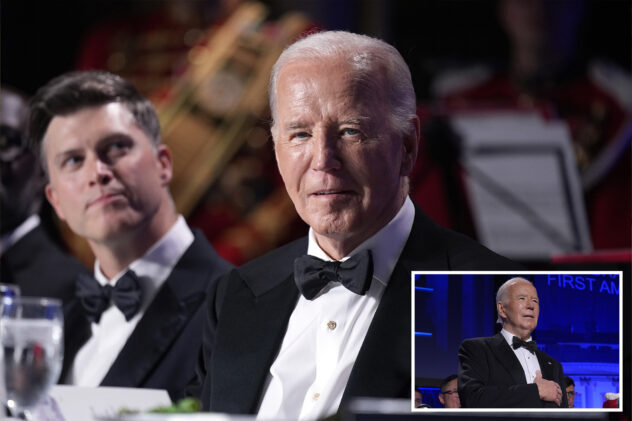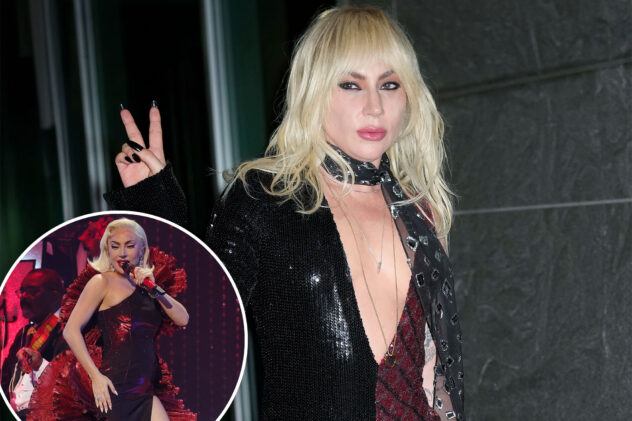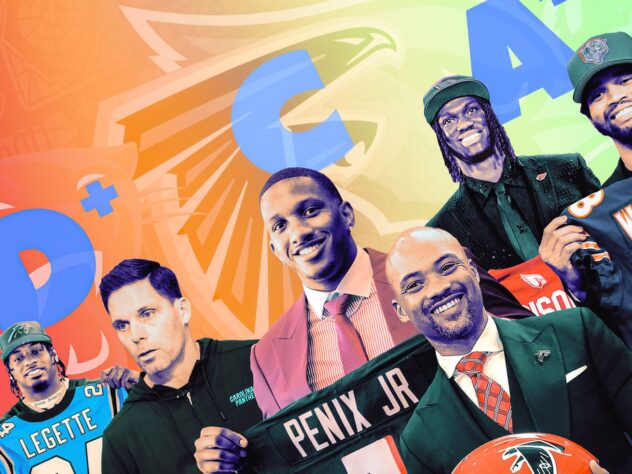Bucs Should Keep WR Gage For Year 2
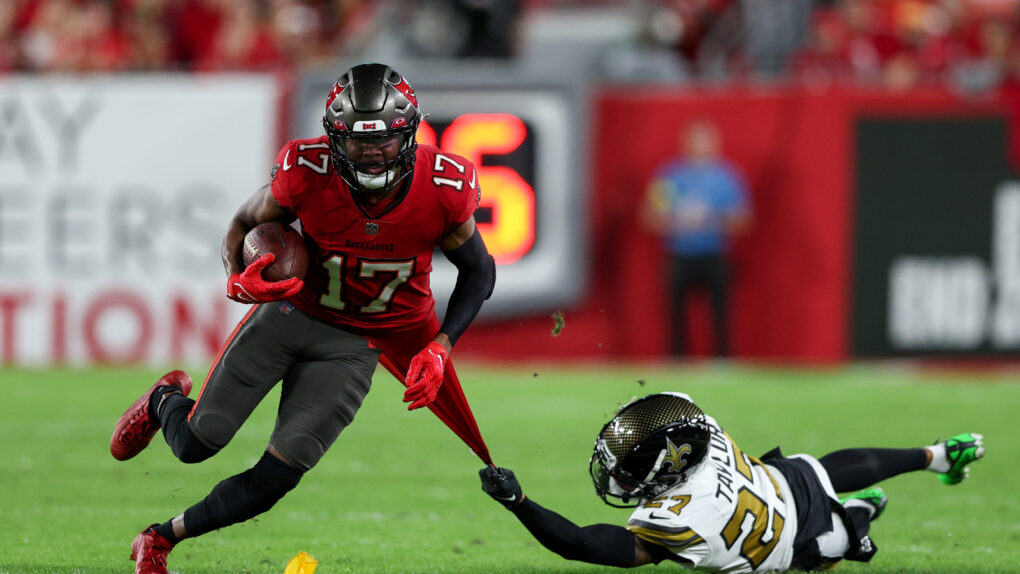
The team could cut Gage, eat his $5,000,000 in guaranteed base salary along with the $4,333,334 in prorated bonus and could net the Bucs $2,833, 332 in savings. But if they do that, they will still have to replace him on the roster. Take another $750,000 off of that savings for even a rookie on a league minimum deal and you are looking at just a hair over $2 million in savings.
Or the Bucs could retain Gage and free up cap space by converting all or part of his salary into a prorated bonus and free up to $7,136,000 in salary cap space. With a lot of discussion currently being bandied about regarding the choice to sign Gage originally, his production in 2022 relative to his contract, and what to do going forward, I thought it would be important to create some context around the past while making the argument the team should retain Gage for 2023.
A Look Back At Why The Bucs Signed Gage in 2022
Before we get straight into the “The Bucs overspent for a number three wide receiver” it is important to note why the team signed him in the first place. Yes, the hopes were that Gage would be the team’s third receiver option. But that was far from the accepted reality when they inked him to a three-year $30 million deal back in March. At that point Bucs starting receiver Chris Godwin was still only three months removed from a torn anterior cruciate ligament. There was no guarantee that Godwin would be ready for week one, or week six for that matter, of the 2023 campaign.
The Bucs were a team with Super Bowl aspirations that at the time were without guaranteed returns of two of their four primary options from 2022. Godwin was an uncertainty due to the knee injury. Tight end Rob Gronkowski was contemplating a potential, and eventual retirement. And receiver Antonio Brown was never going to return to the team due to self-destructive behavior. That left the cupboard relatively bare.
After Mike Evans, the Bucs were facing a depth chart that would have featured Scotty Miller and Tyler Johnson. Both of those players had endeared themselves to fans through some post-season heroics in 2020. Miller made a late second quarter touchdown grab against the Packers in the NFC Championship and Johnson had a memorable sideline grab against the Saints the week prior in the Divisional round. However, neither player had proven to that point (or since for that matter) that they could be relied on down-to-down to help the Bucs offense move successfully.
Enter Gage and his $10 million annual average value. Gage was ranked by Pro Football Focus as the 15th best receiver on the market that off-season. They projected a four-year contract for Gage worth $34 million with $20 million guaranteed. That would have put his AAV at $8.5 million. That’s an overpay right? Well, yes and no.
By strict definition, sure it is. But keep in mind the context of the overall wide receiver market last year. Of all the receivers projected by PFF that received multi-year deals, the AAV the average contract had an AAV 13% higher than the projection. That’s in-line with the 18% premium the Bucs paid on Gage’s projection. The fact is the wide receiver market ballooned last offseason, and Gage like most receivers benefited.
Gage Wasn’t Overpaid Compared To Other Free Agent Receivers
Now onto the oft-cited argument that Gage was an overpay for a number three receiver. Again, I will point you to the fact that when he was signed there was no guarantee he would be a number three to start the season. Gage’s contract reflects the ceiling AND the floor of what the team needed him to be.
At the floor, yes, he would be a number three when Godwin returned to the lineup. But in the meantime, they also needed someone who had proven they could be a good number two receiver in case Godwin suffered any setbacks in his recovery. Thus, Gage’s AAV was reflective of both of those roles.
Take a look at the other receiver contracts from the 2022 off-season and you will see Gage’s sets right in the middle of the number two/number three tiers. Allen Robinson’s $15.5M AAV was for him to be a number two. Michael Gallup’s $11.5M was for the same role in Dallas. Cedrick Wilson got a $7.35M AAv to be the number three in Dallas, while Zay Jones received an $8M AAV to be a three with the Jaguars.

